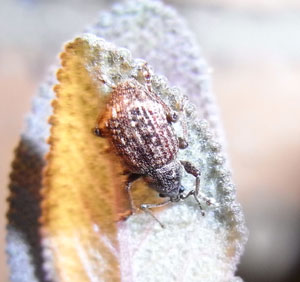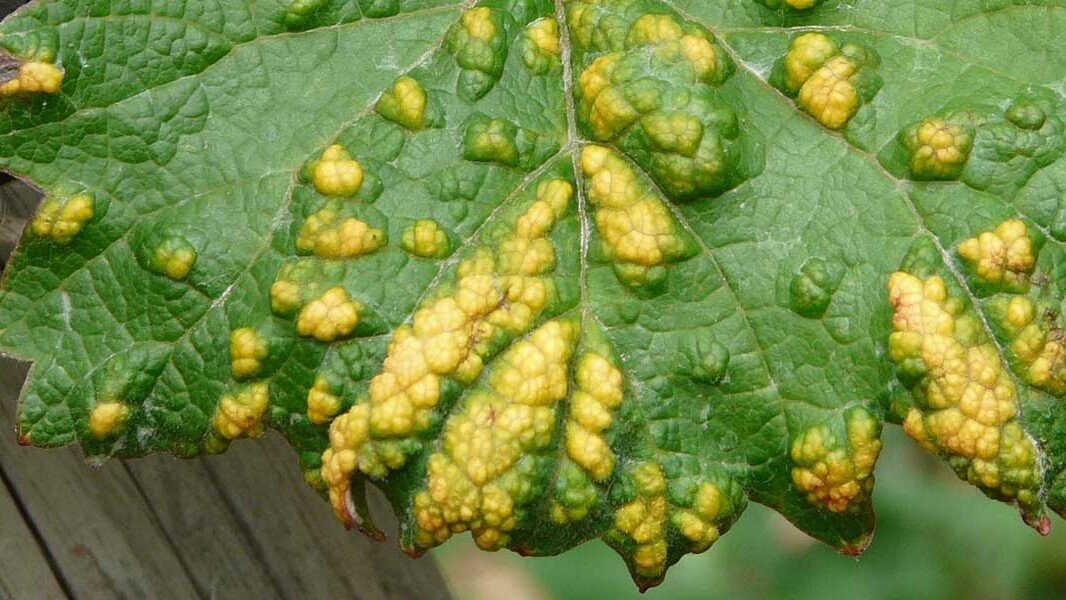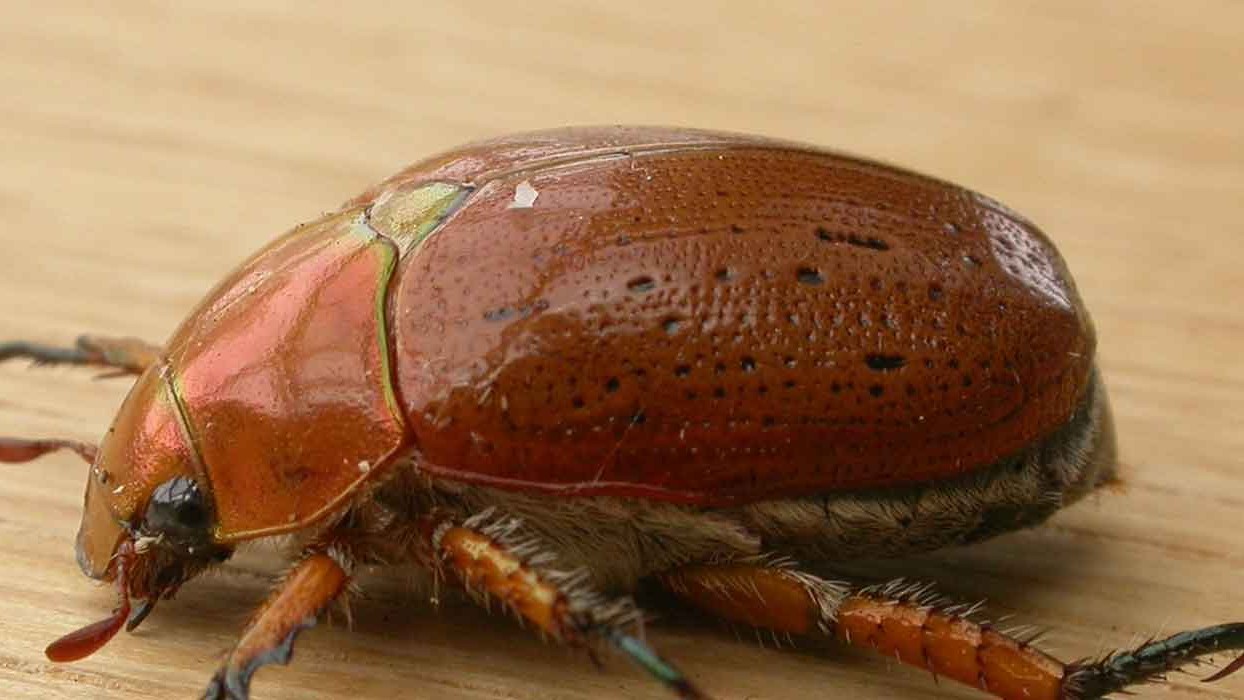Hi, my name is:
Weevil
Describe yourself: At just about any stage of my life cycle, I freely admit to being no super model. I am most easily distinguished by my large “snout”, a protrusion at the front of my head not shared by other bugs. We can vary in size from 7mm to 12mm and depending on our species, we can be a range of colours. My gorgeous larvae are also easily identified through their distinct brown heads and legless, light brown to white bodies.
Hobbies: As a youngster I love spending my time under the soil munching away on your plant roots! But, as I mature my tastes change and I adore hanging out on the green stems and leaves of plants, scalloping their foliage and making a real mess. Oh, and my mate, the black vine weevil hangs out under bark, feeding and ringbarking your plants!
Likes: Ornamental plants but especially vegetable crops. I love beetroot, carrot, potato strawberry, cabbage, broccoli and lettuce. Larvae of the fruit tree weevil will happily munch the roots of a range of fruit trees including pears, citrus, apples, figs and apricots. The black vine weevil enjoys a range of vines….as the name suggests, and has a real taste for olive trees.

Dislikes: Hygienic gardens, crop rotation, plants that are healthy, happy and not stressed.
You’ll know you’ve met me when: Young plants can be ringbarked, roots munched away and the foliage scalloped. You can often see me as an adult moving up the stems and trunks of plants after pupating in the soil.
Old School Control Methods: Hideous chemicals applied in the afternoon to knock out night-crawling weevils. Nasty!
If you want to dump me, you could try to:
-
- We weevils are difficult to eradicate from a garden bed but crop rotation is a useful tool. If vegetable weevils are present plant peas and beans as your winter crop to starve us out. Avoid planting root vegetables such as carrots and beetroot if you really dislike us.
- Ensure susceptible plants brought into the garden do not contain weevil larvae and, should you be giving plants away, be just as cautious about passing us to your friends.
- A once-off forking over of garden beds when larvae are present may help to eradicate us.
- Place pieces of plastic sheeting around the base of infested trees and shake. The weevils will fall from the tree and can then be collected in a bucket and drowned.
- Introduce some chooks, ducks, or even guinea fowl to the patch. These guys will make short work of weevils.
- “Band” susceptible trees with greasy hessian sacks, aluminum foil or horticultural glue. This traps us adult weevils on our way up the tree, and interrupts our breeding cycle.
- Ensure plants are not water stressed, as this makes them more attractive to us weevils.
Related Articles:
Prevent Pests in Your Garden
If you can prevent pests in your garden you will save time, resources and money as well as helping your garden flourish. Effective pest control is…
Christmas Beetles
Most of us would be familiar with the brightly coloured, glossy and sometimes iridescent Christmas beetles. We often see them dazed and confused,…




